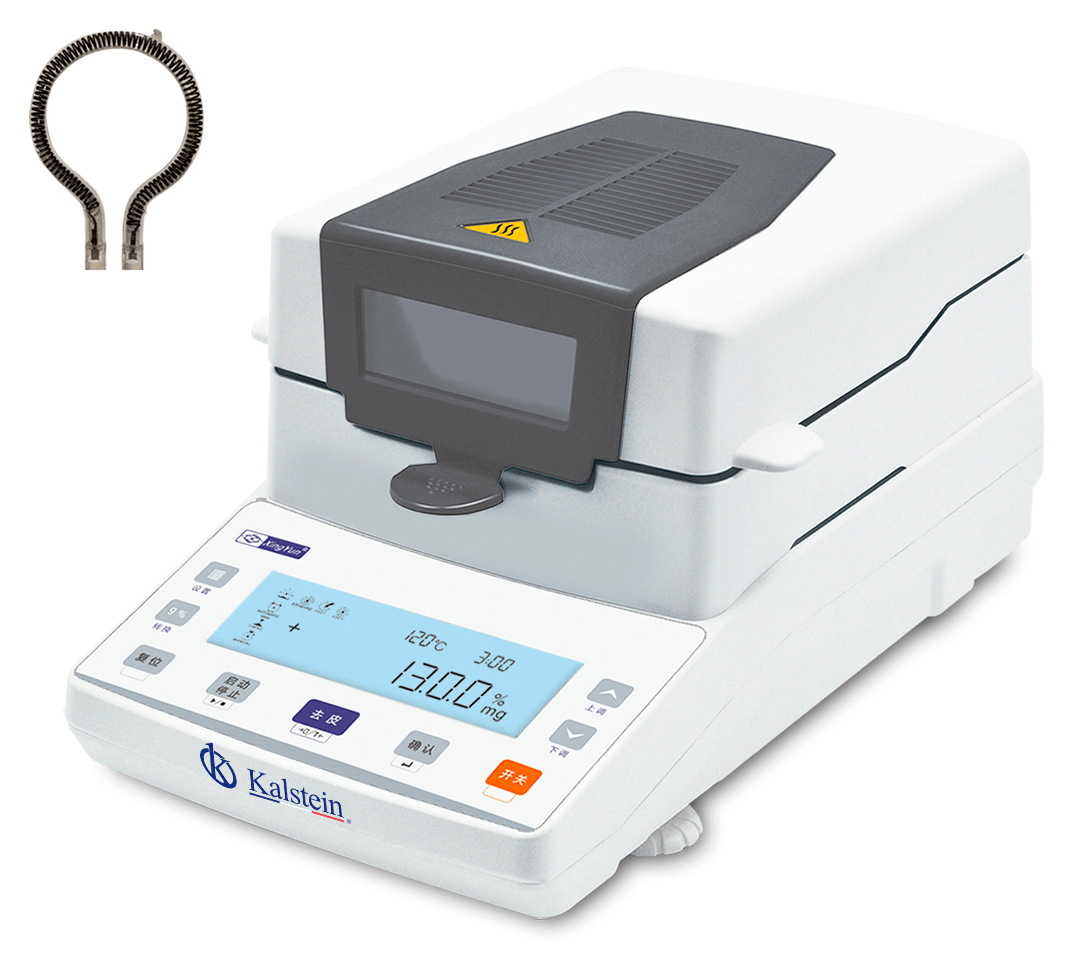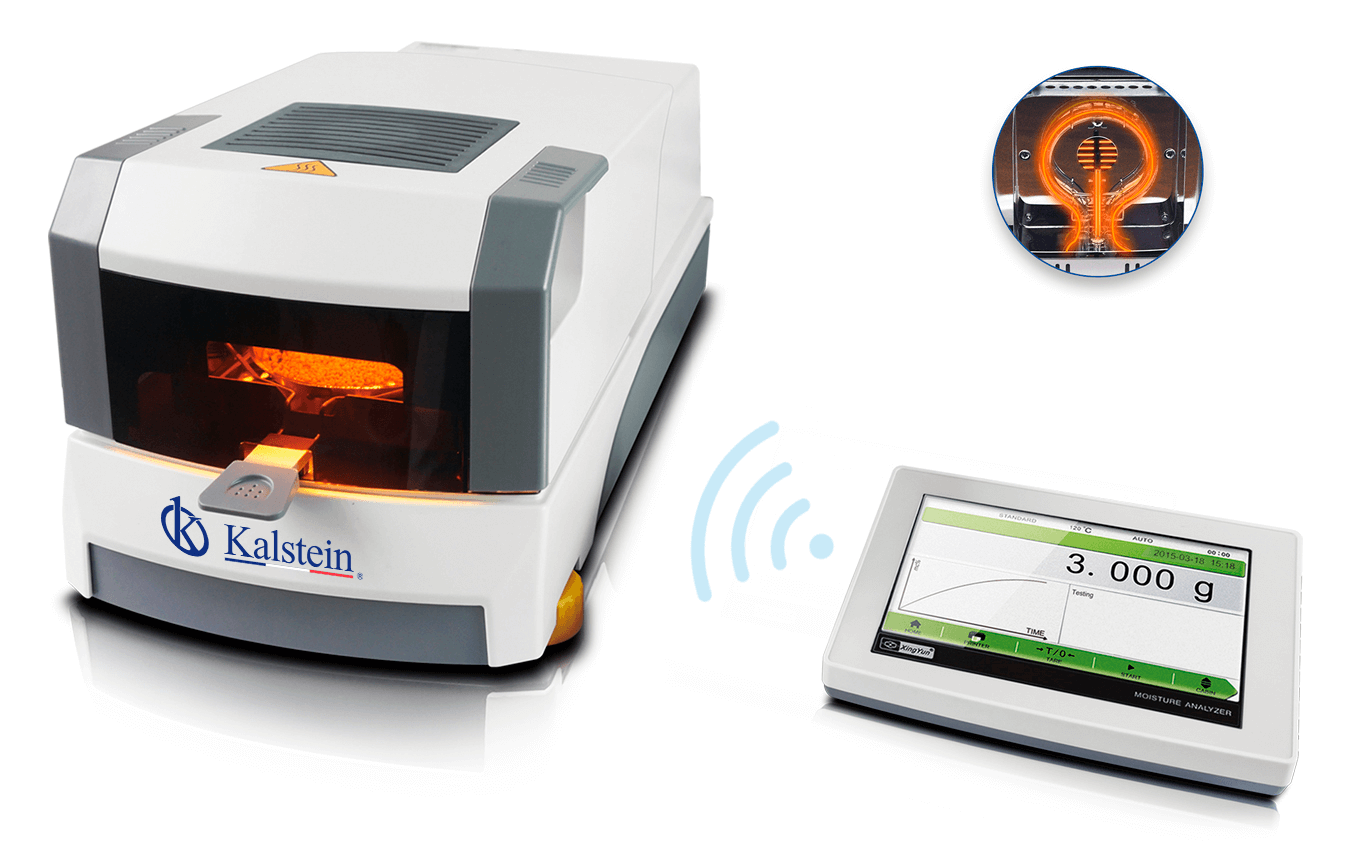To understand what a biophotometer is and how this equipment work, it is necessary to know the concept of spectrophotometry. This discipline is a scientific method used to measure how much light a chemical absorbs, by measuring the intensity of light when a light beam passes through the sample solution, based on Beer-Lambert’s Law. The measurement can also be used to measure the amount of a known chemical in a substance.
Spectrophotometry
takes advantage of the absorption of electromagnetic radiation in the ultraviolet and visible area of the spectrum. The sample absorbs part of the incident radiation in this spectrum and promotes the transition of the analyte to an excited state, transmitting a beam of lower radiant energy. In this technique, the amount of light absorbed is measured as a function of the wavelength used. The absorption of ultraviolet, visible and infrared radiation depends on the structure of the molecules, and is characteristic of each chemical substance.
The ultraviolet-visible spectrophotometry uses radiation beams of the electromagnetic spectrum, in the UV range of 180 to 380 nm, and in the visible light range of 380 to 780 nm, so it is very useful to characterize the materials in the region ultraviolet and visible spectrum. It can be said then that spectrophotometry is the spectroscopic technique for assessing the concentration or quantity of certain species. In these cases, the instrument that makes such measurements is a spectrophotometer, these teams made their appearance around the year 1940, but the first models could not work in the ultraviolet, until Arnold O. Beckman developed an improved version.
What is a biophotometer?
A Biophotometer is a micro-spectrophotometer, this makes it a sophisticated and appropriate instrument to evaluate the quality of nucleic acid samples (DNA, RNA) and proteins. Indispensable in molecular biology laboratories.
What is the importance of its use? Nucleic acid purification is one of the most important applications in molecular laboratories. The purity and homogeneity of the sample are important considerations for later applications. In practice, nucleic acids are purified with the aid of commercially available kits, which allow the separation of most cellular components. However, the presence of proteins or other organic components in the eluate may not be completely eliminated. When purifying the nucleic acid without a kit, the chemicals used in the process, eg, phenol or ethanol from a phenol / chloroform extraction, pose additional contamination risks. To ensure minimum contamination of the sample, it is essential to verify its purity with photometric measurements. The relationships of the absorbance values at the wavelengths 230 nm, 260 nm and 280 nm (260 nm / 230 nm and 260 nm / 280 nm) provide a clear picture of the purity of a nucleic acid sample.
In general, the purity of a DNA solution can be easily defined by the use of purity ratios. It is possible that a reduced purity is attributed to the fact that the sample is solubilized in water instead of in a buffer solution. Since water and buffer solution have different properties, the absorbance of the sample being measured will be affected by this disparity. For this reason, some biophotometers are capable of recording a “Purity Scan” that graphically visualizes the absorbance properties of a sample and, therefore, allow a quick and simple visual quality control. In addition, all the important raw data belonging to the DNA sample are displayed in a table format. The table optionally shows the purity ratios (A260 / A230 and A260 / A280), the absorbance values (raw data), as well as the background absorbance, p. at 320 nm. Therefore, the two visualization formats complement each other perfectly to allow an evaluation of the quality of the DNA sample.
Thinking about the importance of obtaining a highly accurate result when evaluating the quality of nucleic acid and protein samples. At Kalstein we offer you a sophisticated biophotometer that will allow you to obtain high quality results. Visit our catalog HERE



